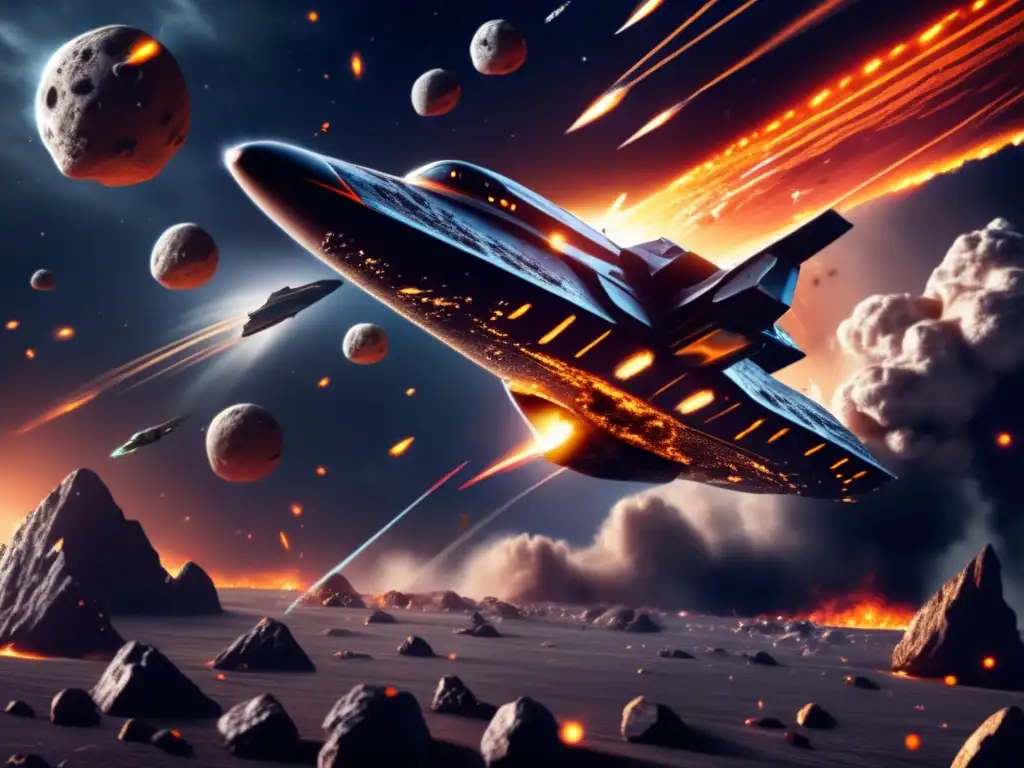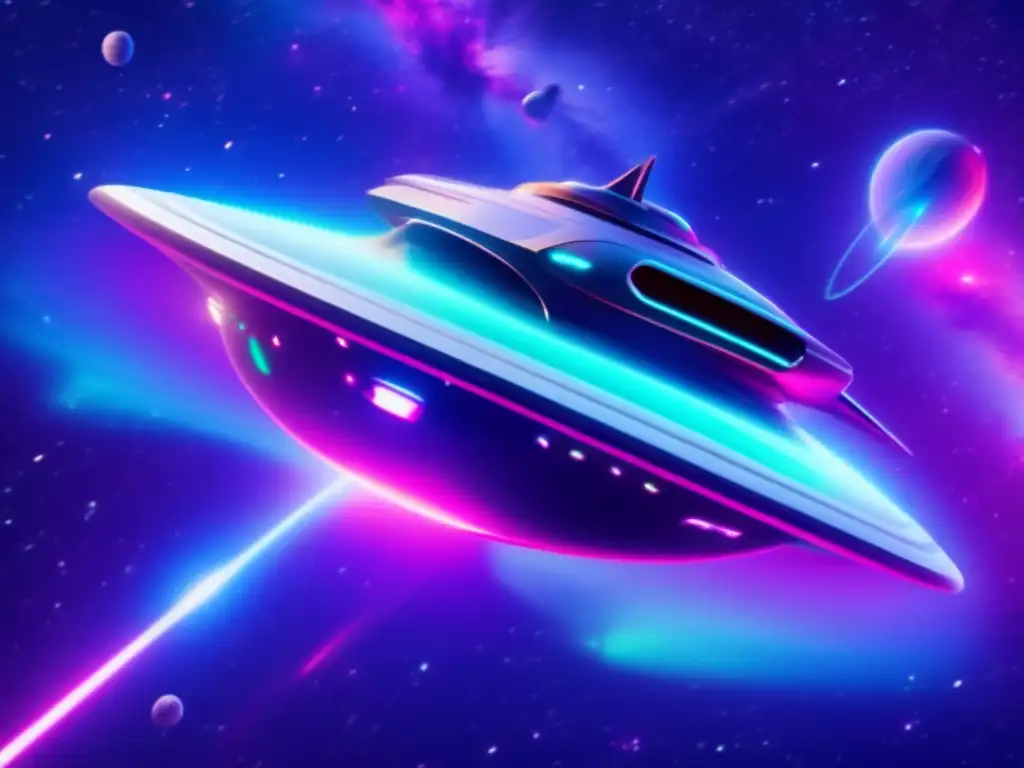Galactic Guard: Techniques In Planetary Defense

Introduction
Asteroids are celestial objects that have captured the attention of scientists and space enthusiasts for years. As they orbit the sun, some asteroids can pose a threat to Earth, potentially causing significant damage if they were to collide with our planet. Planetary defense is the study of ways to prevent asteroid collisions and minimize damage if a collision does occur.
Current Techniques in Planetary Defense

Observation and Monitoring
The first step in planetary defense is the observation and monitoring of asteroids. Scientists use telescopes and other tools to track asteroids and determine their trajectories. By doing so, they can identify potential threats early and develop strategies to mitigate them.
Deflection Techniques
If an asteroid is identified as a potential threat, deflection techniques can be used to alter its trajectory and prevent it from colliding with Earth. One method is the use of kinetic impactors, which involves sending a spacecraft to collide with the asteroid, altering its course without breaking it up. Another technique involves the use of gravity tractors, which involves positioning a spacecraft near the asteroid to exert a gravitational pull and change its trajectory over time.
Disruption Techniques
In some cases, disruption techniques may be necessary to prevent a collision. This involves breaking an asteroid apart into smaller pieces that will burn up harmlessly in the Earth's atmosphere. One such technique is nuclear detonation, which involves exploding a nuclear device near the asteroid to break it up.
New and Emerging Tools for Planetary Defense

Laser Bees
One emerging technique for planetary defense is the use of laser bees. These small, autonomous spacecraft would be equipped with lasers capable of vaporizing small amounts of material from the surface of an asteroid. By doing so, they could alter its trajectory over time and prevent a collision.
Gravity Tractor Tugs
Another emerging technique is the use of gravity tractor tugs. These spacecraft would be equipped with large engines that could pull an asteroid off course by using gravitational force to change its trajectory.
Ion Beam Shepherds
Ion beam shepherds are another potential tool for planetary defense. This technique involves firing an ion beam at an asteroid to create a jet of gas that pushes it off course. The spacecraft itself would then follow the asteroid and continue to fire the ion beam until its trajectory is altered.
Frequently Asked Questions

-
Can asteroids be stopped?
Yes. Asteroids can be stopped or deflected using a variety of techniques, including kinetic impactors, gravity tractors, and nuclear explosions.
-
How often do asteroids collide with Earth?
Asteroid collisions with Earth are rare, but they have occurred in the past. Scientists estimate that large asteroids collide with Earth once every few million years.
-
What is the most effective way to stop an asteroid?
The most effective method for stopping an asteroid depends on its size, composition, and trajectory. In some cases, deflection techniques like kinetic impactors or gravity tractors may be effective. In other cases, disruption techniques like nuclear explosions may be necessary.
-
Can we predict when an asteroid will collide with Earth?
Scientists can predict the trajectory of an asteroid and determine if it poses a potential threat to Earth. However, predicting the exact time and location of a collision is challenging.
-
What are the potential consequences of an asteroid collision with Earth?
The consequences of an asteroid collision with Earth would depend on the size and composition of the asteroid. A large asteroid could cause significant damage, including tidal waves, earthquakes, and fires.
Conclusion
Planetary defense is a critical area of study for protecting our planet from asteroid collisions. Current techniques like observation and deflection have been effective, but new and emerging tools like laser bees, gravity tractor tugs, and ion beam shepherds offer exciting possibilities for the future. With continued research and development, we can ensure that we are prepared to protect our planet from potential threats.
Thank you for reading this article. We encourage you to share your thoughts in the comments section below and to visit www.asteroidrealm.com for more information on asteroids and planetary defense.
Additional Resources

For further reading on planetary defense against asteroids, check out the following resources:
 Stopping The Space Rocks: The Future Of Asteroid Defense
Stopping The Space Rocks: The Future Of Asteroid Defense Defenders Of The Solar System: Asteroid Defense Strategies
Defenders Of The Solar System: Asteroid Defense Strategies Protecting Our Planet: The Latest In Asteroid Defense
Protecting Our Planet: The Latest In Asteroid DefenseIf you want to discover more articles similar to Galactic Guard: Techniques In Planetary Defense, you can visit the Planetary Defense category.
Leave a Reply

Articulos relacionados: